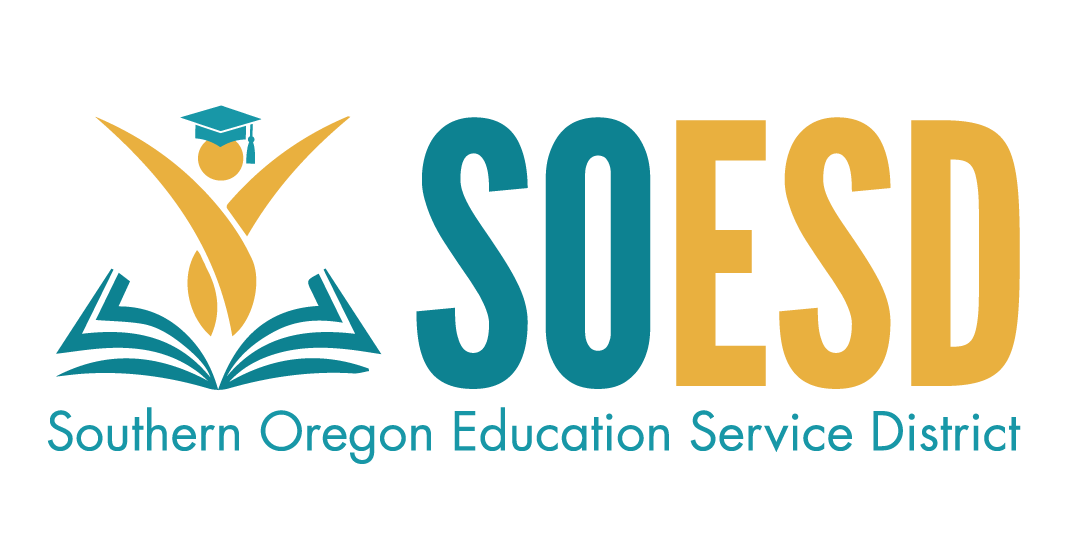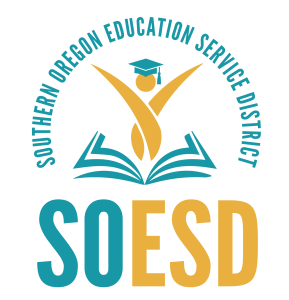Suicide Prevention, Intervention, & Prevention
SOUTHERN OREGON ESD
- Recognizes that physical and mental health impacts student learning and the learning environment. Physical and mental health and wellness are integral components of student outcomes, both educationally and post-graduation.
- Further recognizes that suicide is a leading cause of death among young people aged 10 – 24 in Oregon.
- Has an ethical responsibility to take a proactive approach in preventing suicide and educating our staff, students and parents on suicide prevention and intervention.
- Acknowledges the school’s role in providing a culture and environment that is sensitive to individual and societal factors that place youth at greater risk for suicide and helps to foster positive youth development and resilience.
- Acknowledges that comprehensive suicide prevention policies include prevention, intervention, and postvention components.
LAW
Senate Bill 52 (SB 52), also known as Adi’s Act (ORS 339.343; OAR 581-022-2510), requires each school district school board to adopt a policy requiring a Student Suicide Prevention plan. These plans must be made available annually to students and the school district community and be posted on the district’s website, if applicable.
Adi’s Act (ORS 339.343) further requires school districts to ensure supports for all students including LGBTQ2SIA+ (lesbian, gay, bisexual, transgender/non-binary, queer/questioning, twospirit, intersex, asexual, and the myriad other way to describe gender identities and sexual orientations) youth, BIPOC (Black, Indigenous, and People of Color) and tribal communities/members/students, youth in out-of-home settings, youth with disabilities, as well as historically and currently underserved youth.
SUICIDE PREVENTION
Suicide prevention includes mental and physical wellness education, accessible resources, staff training, mental health awareness campaigns, restorative practices, and building a culture of belonging. Schools have a responsibility to take intentional steps to create a school culture that encourages positive coping skills by building protective factors while communicating about suicide in a safe and healthy way.
Suicide prevention efforts work best when they are connected to effective intervention procedures and safe postvention efforts (the response after a suicide death). Effective suicide prevention efforts consider cultural factors, such as the role of the family, level of acculturation, language acculturation, language preferences, and religious beliefs. This includes staff and student awareness surrounding identity, human dignity, and connection.
School District Technical Assistance
Districts and school buildings can receive a wide range of technical assistance and resources from the SSPS team, from staff training and Adi’s Act plan development and implementation to student and parent education and leadership development.
FULL MENU OF SUICIDE PREVENTION TECHNICAL ASSISTANCE
FORM TO REQUEST SSPS TECHNICAL ASSISTANCE
Trainings
The SSPS team can support school teams in getting the appropriate suicide prevention training, including:
- QPR
- ASIST
- CALM / OCALM
- Connect Postvention
- YouthSave
- Youth Mental Health First Aid
- Sources of Strength
- And more
CLICK HERE TO REQUEST STAFF TRAINING
Suicide Prevention Resources
LOCAL RESOURCES
PARENTS
YOUTH


